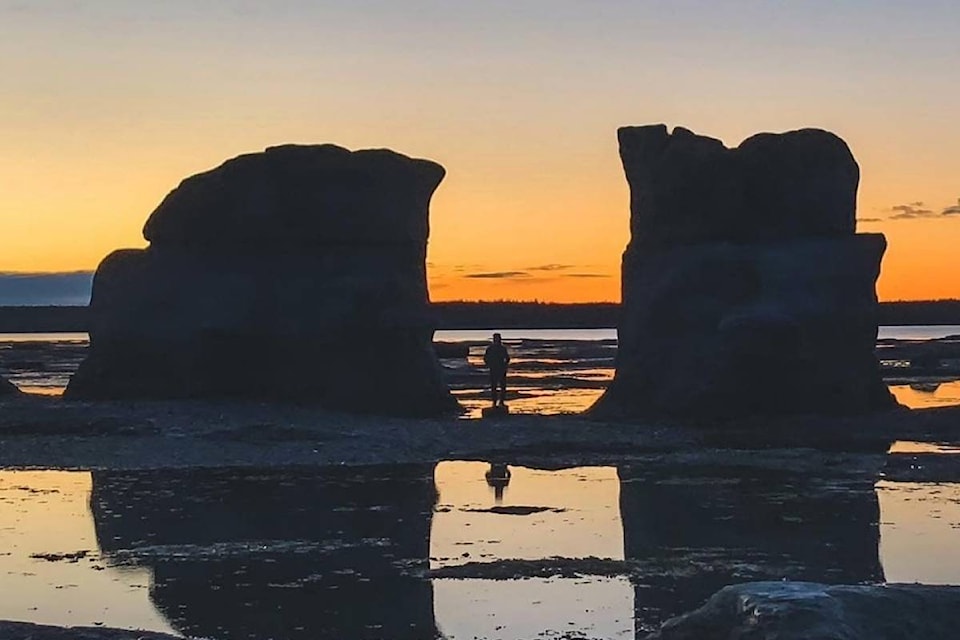Sunny ways? Not so much at Sir Wilfrid Laurier’s historic home.
The small structure north of Montreal has seen a sharp decline in attendance, to 623 visitors in 2016 from about 2,600 in 2011.
The same trend is seen at semi-detached homes once owned by Sir George-Etienne Cartier, where the number of visitors has dropped by 67 per cent between 2011 and 2013, marked by a decline in school groups.
A similar story also plays out at other historic sites at the centre of recently launched public consultations that, once complete, will produce 10-year plans designed to turn around sagging attendance figures.
RELATED: Banff bison calves frolic in Parks Canada
The consultation documents point to multiple reasons for why people may not be visiting, including being far from tourist areas, having outdated facilities or simply being difficult to recognize.
Laurier’s home is 60 kilometres north of Montreal. The historic site dedicated to the Battle of Chateauguay from the War of 1812 is “not an obvious tourist attraction due to its removed location.”
Cartier’s buildings are in a “secluded” area of Montreal not frequented by tourists and fight for attention from larger attractions nearby like the Montreal Science Centre: “It is therefore difficult to draw attention to the site and attract visitors in this context,” Parks Canada officials wrote in the consultation document.
On the other hand, Ontario’s Niagara region draws millions of visitors annually, benefiting the nearby historic sites that “are more integrated into local tourism infrastructure.”
Visitors to the Coteau-du-Lac historic site along the St. Lawrence River sometimes don’t realize where they are, or have trouble navigating the attraction. The consultation on the 10-year management plan closed in May, but a key objective is to redo the “visitor circuit.”
The agency is similarly suggesting changes to the visitors centre at the Battle of Chateauguay site southwest of Montreal.
The 40-year-old building was designed to welcome up to 18,000 visitors annually, but is now open only three months a year, “incurs exorbitant” heating costs, and needs over $600,000 in repairs: “The centre no longer seems to be the best solution for the national historic site’s success, commemorative quality, or visitor experience.”
Each consultation has a number of options being floated to the public about ways to ensure that visits to each site don’t become a thing of the past.
Historic sites have tried to boost interest through interactive exhibits and collaboration with the people represented in exhibitions, such as Indigenous Peoples or visible minority communities, said Benjamin Forest, an associate professor of geography at McGill University in Montreal.
The idea is to create a personal link to a site, memorial or monument, he said.
“Visiting monuments isn’t primarily about learning facts or a historical story. Rather it’s about creating, or trying to create, an emotional connection,” Forest said.
RELATED: Almost every part of Canada’s largest national park deteriorating: federal study
Parks Canada plans to spend $23.9 million to integrate Indigenous views, history and traditions into national parks, marine conservation areas and historic sites.
Almost 1.3 million people visited all national historic sites between April and June, the agency says. That represents a 14 per cent decline from the same period last year when admission was free for everyone, making comparisons difficult.
Last year’s Canada 150 numbers were part of “a unique opportunity,” said Parks Canada spokeswoman Audrey Champagne.
“By building connections to these places, we can foster the stewards of tomorrow — people who know and care about these national treasures.”
The Canadian Press
